Home>Garden Essentials>Garden Plants>How Long Does It Take For Thyme To Grow
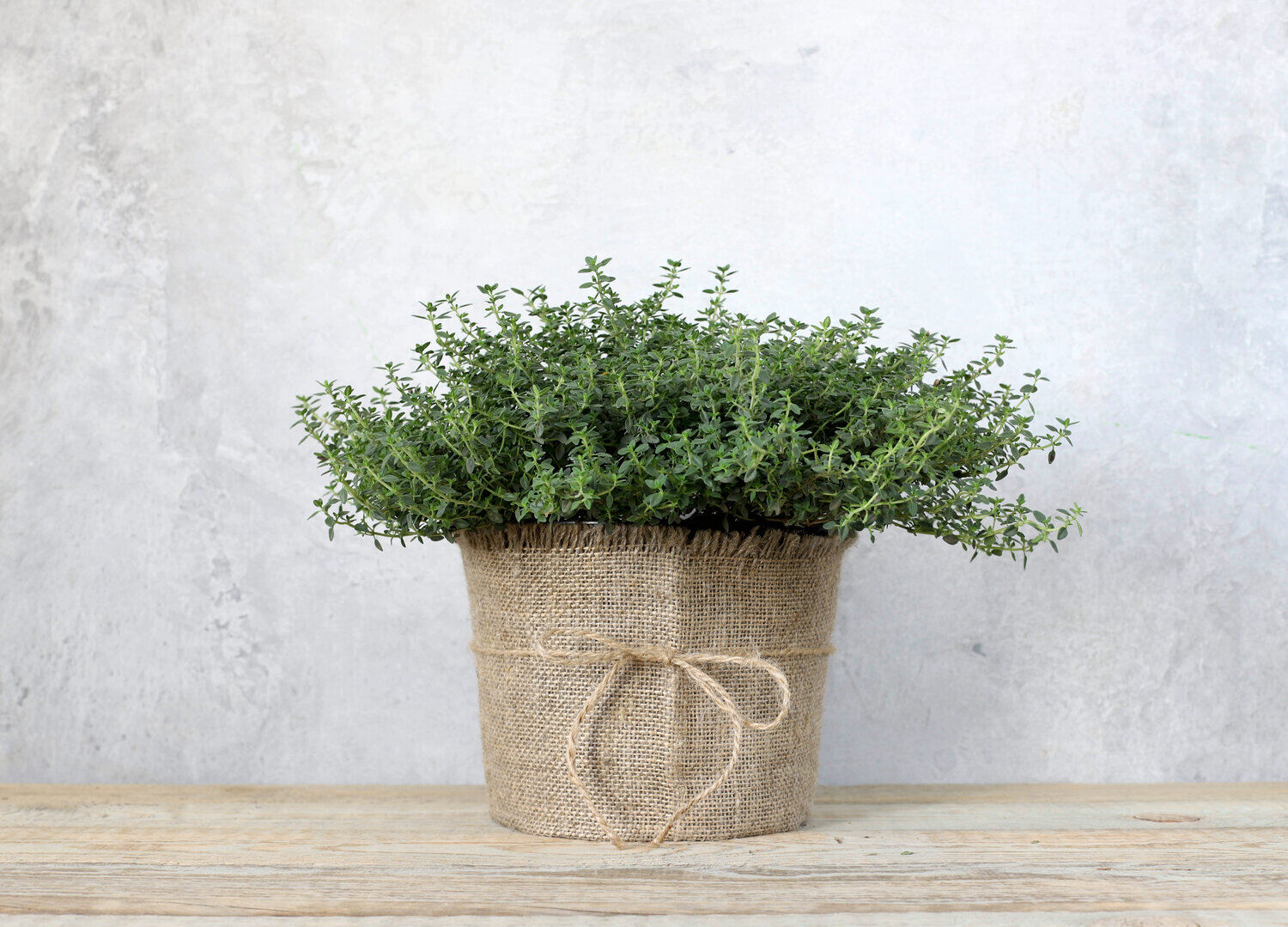

Garden Plants
How Long Does It Take For Thyme To Grow
Modified: April 28, 2024
Discover how long it takes for thyme plants to grow and thrive. Get expert advice on planting, care, and harvesting of thyme plants for a bountiful garden.
(Many of the links in this article redirect to a specific reviewed product. Your purchase of these products through affiliate links helps to generate commission for Storables.com, at no extra cost. Learn more)
Introduction
Welcome to the world of thyme, a versatile and aromatic herb that has been used for centuries in cooking, medicine, and even as a natural remedy for various ailments. Thyme not only adds a delightful flavor to dishes but also offers numerous health benefits due to its rich content of vitamins, minerals, and antioxidants.
If you’re a plant enthusiast or a beginner gardener looking to cultivate thyme, you may be wondering how long it takes for thyme to grow and reach its full potential. In this article, we’ll explore the various factors that can affect thyme growth and discuss the steps to grow thyme from seeds or cuttings. By understanding the growth cycle of thyme and implementing the right cultivation techniques, you can enjoy a bountiful harvest of this fragrant herb in no time.
Key Takeaways:
- Thyme can be grown from seeds or cuttings, taking 7-14 days for seeds to germinate and 4-6 weeks for cuttings to root. Understanding the growth cycle and proper harvesting ensures a bountiful supply of aromatic thyme for culinary delights.
- Factors such as light, soil, water, temperature, and competition influence thyme growth. Whether grown from seeds or cuttings, patience and consistent care are key to successful propagation. Harvesting thyme just before flowering captures the maximum flavor and aroma.
Read more: How Long Does It Take For Thyme To Germinate
Factors Affecting Thyme Growth
Several factors can influence the growth of thyme plants. By understanding these factors, you can optimize the conditions for thyme cultivation and ensure its successful growth. Here are the key factors to consider:
- Light: Thyme plants thrive in full sun, requiring at least 6-8 hours of direct sunlight each day. Insufficient light can lead to weak and leggy growth, so it’s important to choose a sunny location for planting thyme.
- Soil: Thyme prefers well-draining soil with a pH ranging from 6.0 to 8.0. Sandy or loamy soil types are ideal for thyme cultivation, as they prevent excessive water retention and ensure root health.
- Water: Thyme plants have moderate water needs and are susceptible to root rot if overwatered. It’s best to water thyme plants deeply but infrequently, allowing the soil to dry out between waterings. Adequate irrigation is crucial during the initial stages of growth and during dry spells.
- Temperature: Thyme is a hardy herb that can tolerate a wide range of temperatures. However, it thrives in moderate climates with temperatures between 60-75°F (15-24°C). Extreme heat or frost can adversely affect thyme growth and survival.
- Fertilizer: Thyme is a low-maintenance plant and doesn’t require heavy fertilization. However, providing a balanced organic fertilizer during the growing season can promote healthy foliage and improve overall plant vigor.
- Competition: Thyme plants don’t fare well when they have to compete with weeds or other aggressive plants for resources. It’s essential to keep the planting area free from weeds and provide adequate spacing between thyme plants to allow for optimal growth.
By paying attention to these factors and providing the right growing conditions, you can ensure robust and healthy thyme plants that flourish in your garden or container.
Growing Thyme from Seeds
If you prefer to start your thyme plants from seeds, it’s important to follow the proper steps to ensure successful germination and growth. Here’s a step-by-step guide to growing thyme from seeds:
- Seed Selection: Choose high-quality thyme seeds from a reputable source. Look for seeds that are fresh and have a high germination rate to increase your chances of success.
- Indoor Planting: Start thyme seeds indoors around 6-8 weeks before the last frost date. Fill seed trays or pots with well-draining seed starting mix and sow the seeds on the surface. Lightly press the seeds into the soil but avoid burying them too deeply.
- Optimal Temperature: Place the seed trays in a warm location with temperatures around 70-75°F (21-24°C). Cover the trays with a plastic dome or use a plastic wrap to create a greenhouse-like environment that helps retain moisture and heat.
- Maintain Moisture: Thyme seeds require consistent moisture for germination. Water the trays gently and ensure that the soil remains slightly moist but not waterlogged. Avoid overwatering, as it can lead to seed rot.
- Transplanting: Once the thyme seedlings have developed a few sets of true leaves, they can be transplanted into larger pots or containers. Harden off the seedlings by gradually exposing them to outdoor conditions before permanently placing them in the garden, ensuring there is no more threat of frost.
- Outdoor Planting: Choose a sunny location in the garden with well-draining soil. Plant the thyme seedlings at least 12-18 inches apart to allow for proper air circulation and growth. Gently firm the soil around the seedlings and water them thoroughly.
- Regular Care: Water the thyme plants deeply but infrequently, allowing the soil to dry out between waterings. Remove any competing weeds to prevent nutrient competition. Apply a balanced organic fertilizer during the growing season to promote healthy growth.
With proper care and attention, thyme plants grown from seeds will establish strong root systems and develop into healthy and productive plants over time.
Growing Thyme from Cuttings
Growing thyme from cuttings is another popular method to propagate this versatile herb. It allows you to create new plants from established thyme plants and ensures genetic consistency. Here’s a guide on how to grow thyme from cuttings:
- Cutting Selection: Select a healthy and mature thyme plant from which to take the cuttings. Choose stems that are firm, without any signs of disease or damage.
- Cutting Preparation: Using clean and sharp pruning shears, take 4-6 inch cuttings from the tips of the thyme plant’s branches. Remove any leaves from the lower portion of the cutting, leaving a few leaves at the top for photosynthesis.
- Rooting Hormone: Dip the cut ends of the thyme cuttings into a rooting hormone powder or gel. This will encourage root development and increase the chances of successful propagation.
- Planting Medium: Prepare a well-draining planting medium such as a mixture of perlite and peat moss or a rooting mix. Moisten the medium slightly to create a conducive environment for root development.
- Inserting the Cuttings: Make holes in the planting medium using a pencil or a dibber. Gently insert the thyme cuttings into the holes, ensuring that at least 2-3 inches of the cuttings are buried in the medium.
- Provide Adequate Conditions: Place the cuttings in a warm and bright location, away from direct sunlight. Maintain humidity around the cuttings by covering them with a plastic bag or using a propagator. Mist the cuttings occasionally to prevent them from drying out.
- Root Development: Over the next few weeks, the thyme cuttings will develop roots. Check the moisture level in the medium and water lightly if necessary. After about 4-6 weeks, gently tug on the cuttings to check for resistance, indicating root growth.
- Transplanting: Once the thyme cuttings have established strong roots, they can be transplanted into larger pots or directly into the garden. Harden off the plants before planting them outdoors and provide regular care as with mature thyme plants.
Growing thyme from cuttings offers an efficient method to propagate this herb and produce genetically identical plants. With patience and proper care, your thyme cuttings will develop into thriving plants that can be harvested for culinary purposes or enjoyed for their aromatic qualities.
Thyme typically takes 7-14 days to germinate and 60-90 days to reach full maturity. Ensure well-draining soil, plenty of sunlight, and regular watering for optimal growth.
Propagation Time for Thyme
Thyme can be propagated from seeds or cuttings, and the time it takes for the plant to grow varies depending on the propagation method used. Let’s take a look at the approximate propagation time for thyme:
Growing Thyme from Seeds:
When starting thyme from seeds, it typically takes around 7-14 days for the seeds to germinate. This can vary depending on the specific variety of thyme and the growing conditions provided. Once the seeds have germinated, thyme plants will continue to grow and develop over the course of several weeks to months before reaching their mature size.
Growing Thyme from Cuttings:
When propagating thyme from cuttings, it generally takes around 4-6 weeks for the cuttings to develop roots and establish themselves as new plants. During this time, it’s essential to provide proper care and maintain optimal conditions to promote successful root growth. Once the root system is established, the thyme plants will continue to grow and can be transplanted into larger pots or directly into the garden.
It’s important to note that these are general time frames, and actual propagation times can vary based on factors such as temperature, light, and care provided. Regular monitoring and adjusting of growing conditions can help ensure healthy and efficient propagation.
Whether you choose to start thyme from seeds or cuttings, patience and consistent care are key to successful propagation. With the right techniques and a little bit of time, you’ll soon have a flourishing thyme garden ready to provide an abundance of aromatic and flavorful leaves for your culinary creations.
Read more: How Long Does It Take To Grow Mums
Thyme Growth Cycle
Understanding the growth cycle of thyme is crucial for proper care and harvesting. Thyme plants have a distinct growth pattern consisting of several stages. Here’s a breakdown of the thyme growth cycle:
Germination:
The growth cycle begins with the germination of thyme seeds or the rooting of thyme cuttings. During this stage, the seeds or cuttings absorb water and develop roots, establishing themselves in the growing medium. Germination can take around 7-14 days for seeds and approximately 4-6 weeks for cuttings.
Seedling Stage:
Once the seeds have sprouted or the cuttings have formed roots, the thyme enters the seedling stage. The seedlings will develop their first set of true leaves and start growing in size. At this stage, thyme plants are delicate and require gentle care and protection from harsh weather conditions.
Establishment:
As the thyme seedlings continue to grow, they gradually become established plants. This stage involves the development of a stronger root system and the growth of more leaves and stems. Thyme plants in the establishment phase require consistent watering, adequate sunlight, and protection from pests and diseases.
Growth and Development:
During this stage, thyme experiences significant growth in terms of foliage and stem development. The plants become bushier and fuller, spreading out to fill their designated space. Thyme requires regular pruning to maintain its shape and prevent leggy growth. It’s important to provide appropriate nutrition through organic fertilizers to support healthy growth.
Flowering:
Once the thyme plants reach maturity, typically after a few months, they enter the flowering stage. Thyme produces small, delicate flowers that can be purple, pink, or white in color, depending on the variety. These flowers not only add beauty to the plant but also attract beneficial pollinators, such as bees and butterflies.
Harvesting:
Thyme leaves can be harvested throughout the growth cycle, but the flavor is typically most potent just before the plant flowers. The leaves can be picked individually or pruned in small clusters. Regular harvesting promotes bushier growth and encourages the plant to produce more flavorful leaves.
Dormancy (Perennial Varieties):
In colder climates, perennial thyme varieties may enter a period of dormancy during the winter months. The growth slows down, and the foliage may start to wither. It’s important to protect the plant during this time by covering it with a layer of mulch to insulate the roots and prevent damage from freezing temperatures.
Understanding the growth cycle of thyme allows you to plan and adjust your gardening practices accordingly. By providing the proper care and attention at each stage, you can ensure healthy and thriving thyme plants throughout their growth cycle.
Harvesting Thyme
Harvesting thyme is an exciting and rewarding process that allows you to enjoy the flavors and aromas of this versatile herb in your culinary endeavors. Here are some essential tips to ensure a successful thyme harvest:
Timing:
The timing of thyme harvest plays a crucial role in obtaining the best flavor. It is recommended to harvest thyme just before the plant begins to flower. At this stage, the essential oils responsible for the herb’s distinctive taste and aroma are at their peak concentration.
Method:
Thyme leaves can be harvested by either plucking individual leaves or pruning small clusters of stems. Both methods are effective, and the choice depends on personal preference and the intended use of the herb. If you are only using a few leaves at a time, plucking individual leaves ensures a continuous supply throughout the growing season. On the other hand, pruning helps maintain the plant’s shape and encourages bushier growth.
Tools:
When harvesting thyme, it is best to use a pair of sharp pruning shears or scissors to avoid damaging the plant. This allows for clean and precise cuts, minimizing any potential harm to the overall health of the thyme plant.
Harvesting Quantity:
Thyme plants are hardy and can withstand frequent harvesting. However, it is important to avoid harvesting more than one-third of the plant at a time, as this can stress the plant and affect its growth. By practicing moderation and allowing the plant to recover between harvests, you can ensure the longevity and productivity of your thyme plant.
Preservation:
Thyme leaves can be used fresh or preserved for later use. To preserve thyme, you can dry the leaves by hanging bunches upside down in a well-ventilated and dark area. Once dry, store the leaves in an airtight container away from direct sunlight. Alternatively, you can freeze thyme leaves by placing them in a resealable bag or container in the freezer.
Usage:
Fresh or dried thyme leaves can be used in a variety of culinary applications. They add a delightful flavor to soups, stews, sauces, marinades, and roasted dishes. Thyme leaves can also be infused in oils, vinegars, or teas for an aromatic and flavorful twist.
Remember to only harvest what you need and leave enough foliage on the plant to support continued growth. By following these guidelines, you can enjoy an abundant and flavorful harvest of thyme throughout the growing season.
Conclusion
Thyme, with its aromatic fragrance and versatile culinary uses, is a fantastic herb to grow in your garden or even in containers. By understanding the factors that influence thyme growth, such as light, soil, water, temperature, fertilizer, and competition, you can create optimal conditions for your thyme plants to thrive.
Whether you choose to grow thyme from seeds or cuttings, both methods can be successful with proper care and attention. Starting from seeds allows you to experience the entire growth cycle from germination to mature plants, while growing from cuttings ensures genetic consistency and a faster establishment of new plants.
Thyme has a distinctive growth cycle that encompasses germination, the seedling stage, establishment, growth and development, flowering, harvesting, and, for perennial varieties, a period of dormancy. Understanding this growth cycle enables you to provide the appropriate care and timing for harvesting the herb at its peak flavor and aroma.
When it comes to harvesting thyme, timing is crucial. Harvest the leaves just before the plant begins to flower to capture the maximum concentration of essential oils. Whether you pluck individual leaves or prune clusters of stems, remember to use a sharp tool and practice moderation by not harvesting more than one-third of the plant at once.
Thyme leaves can be used fresh or preserved by drying or freezing for later use. Incorporate thyme into your favorite dishes, experiment with infusing oils or vinegars, and explore the various culinary possibilities this versatile herb offers.
In conclusion, growing and harvesting thyme allows you to enjoy the flavors, aromas, and health benefits of this remarkable herb. With proper care, attention to the growth cycle, and mindful harvesting, you can cultivate a thriving thyme garden that will provide you with an abundance of delicious and aromatic leaves for years to come.
Frequently Asked Questions about How Long Does It Take For Thyme To Grow
Was this page helpful?
At Storables.com, we guarantee accurate and reliable information. Our content, validated by Expert Board Contributors, is crafted following stringent Editorial Policies. We're committed to providing you with well-researched, expert-backed insights for all your informational needs.
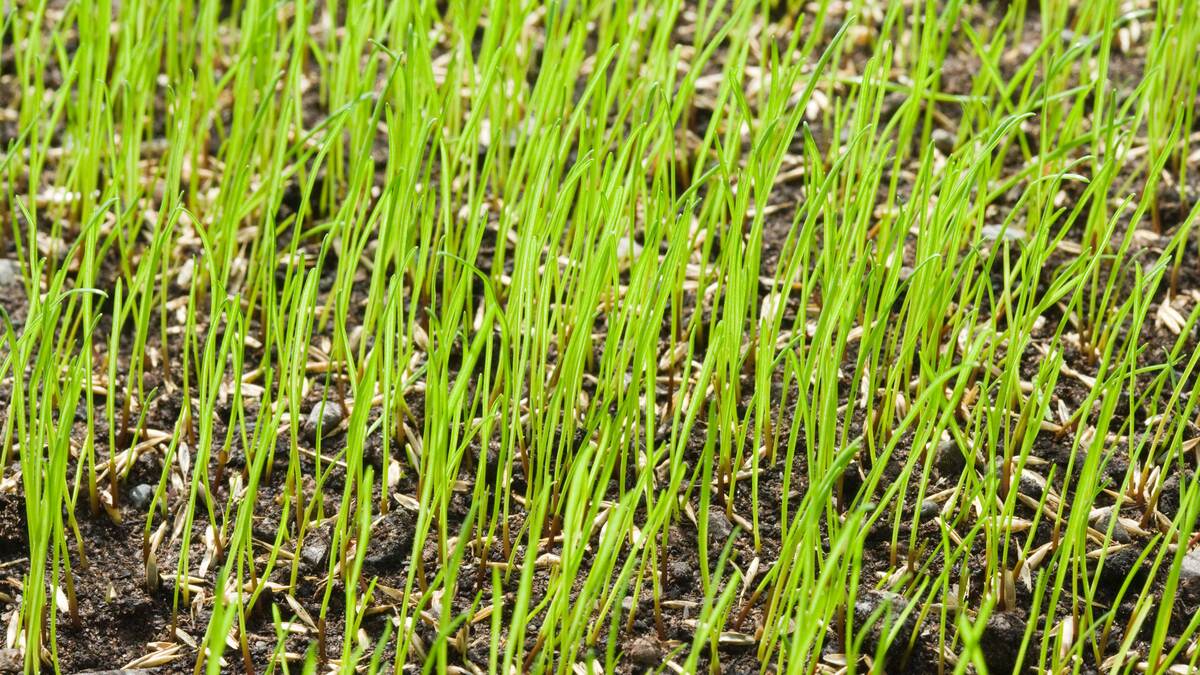
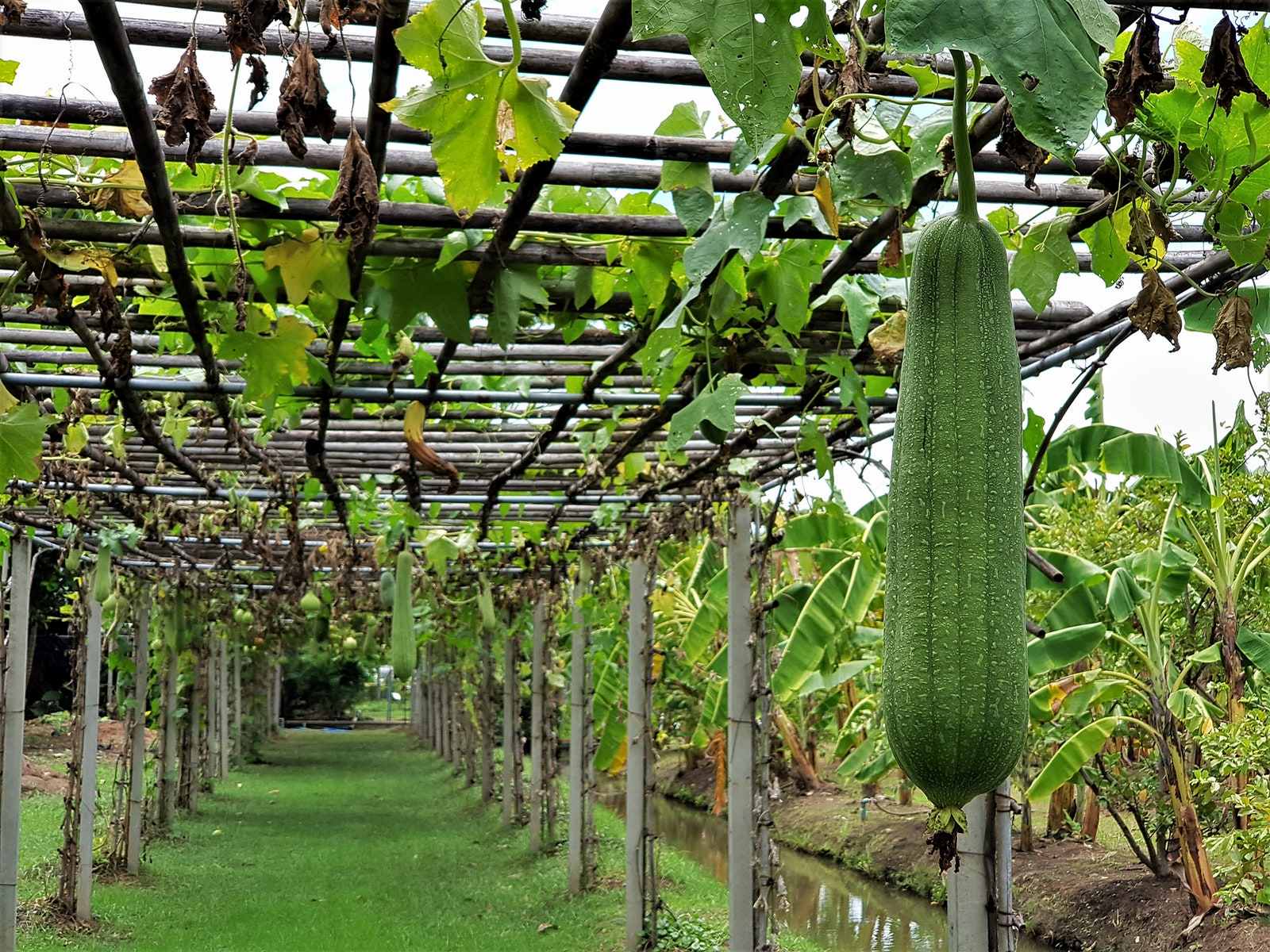
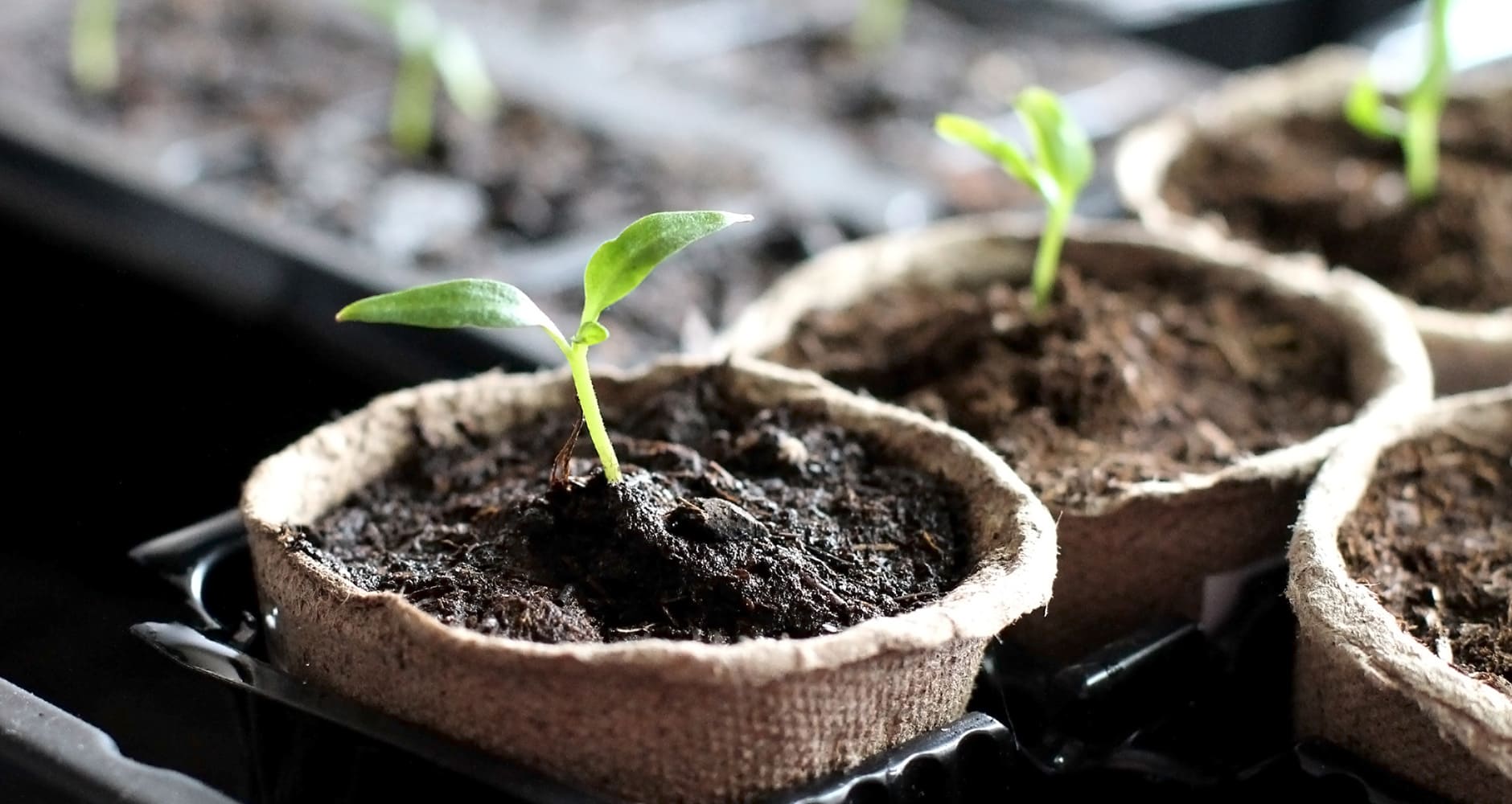
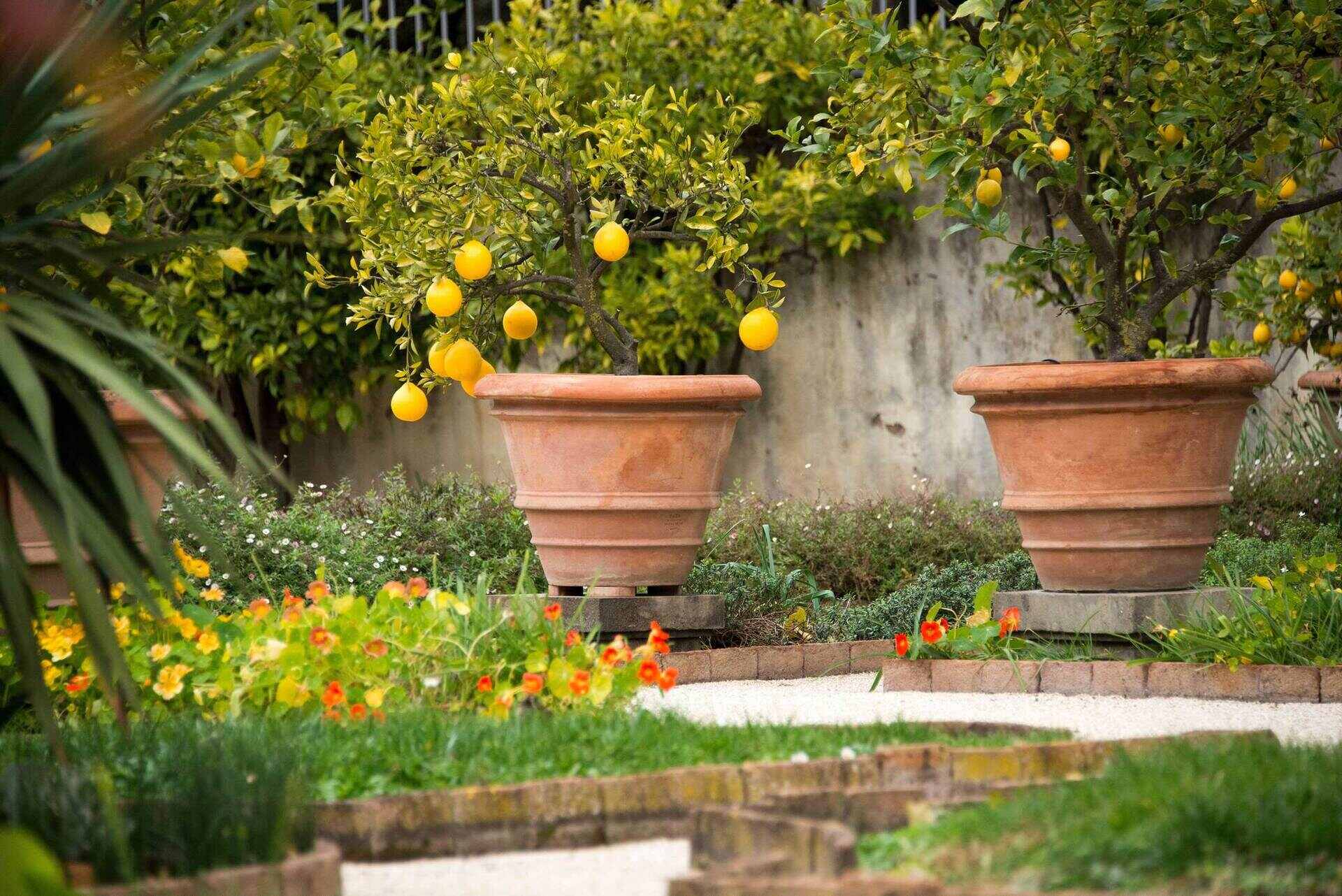
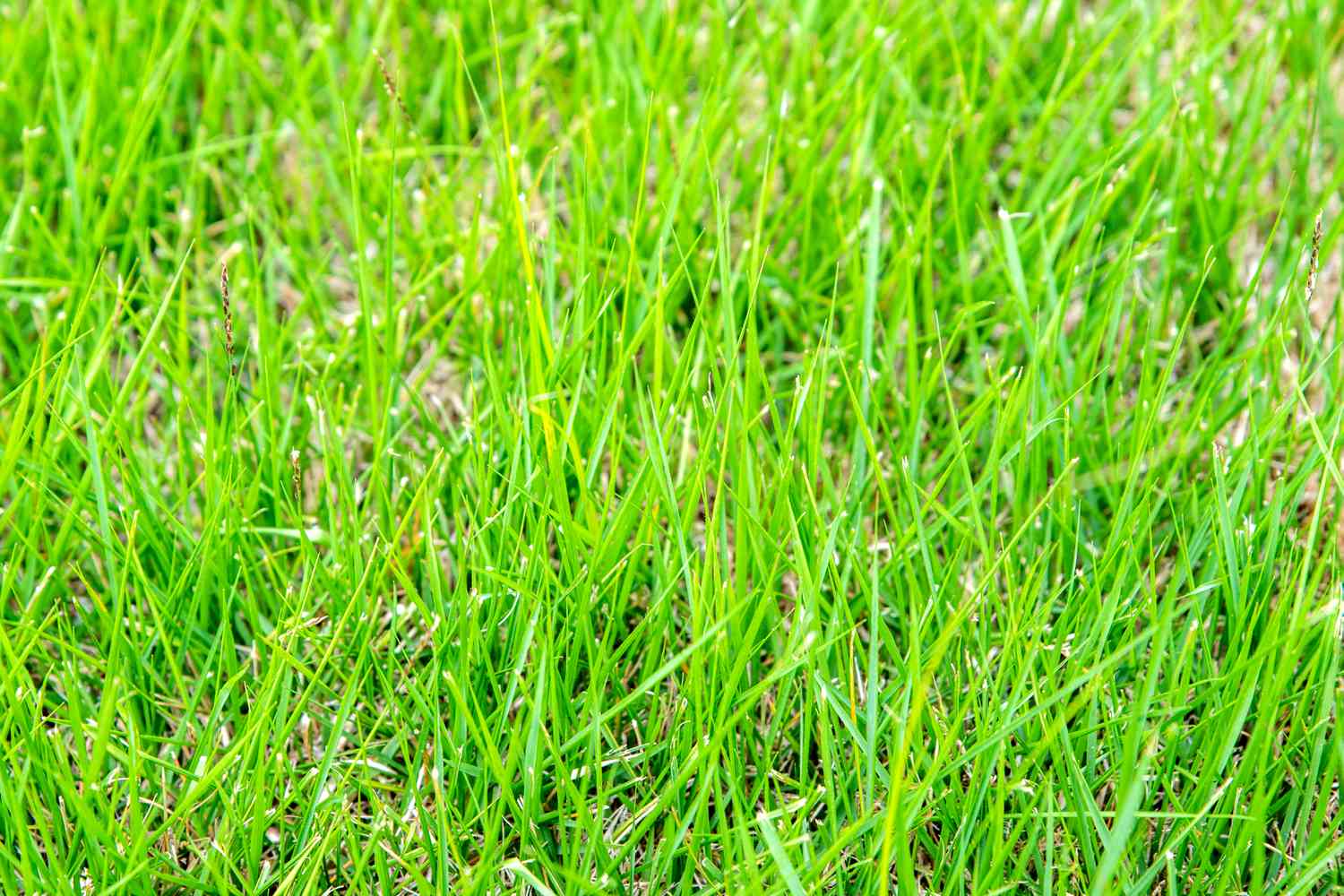

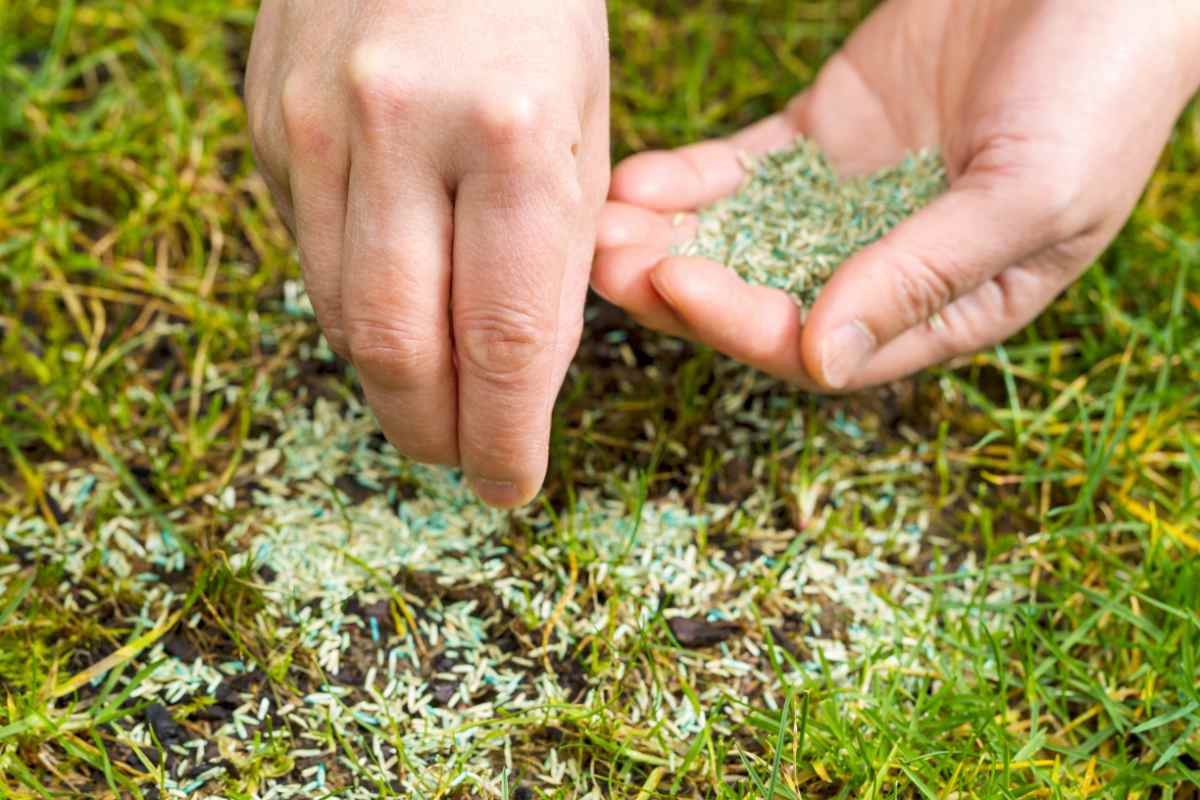
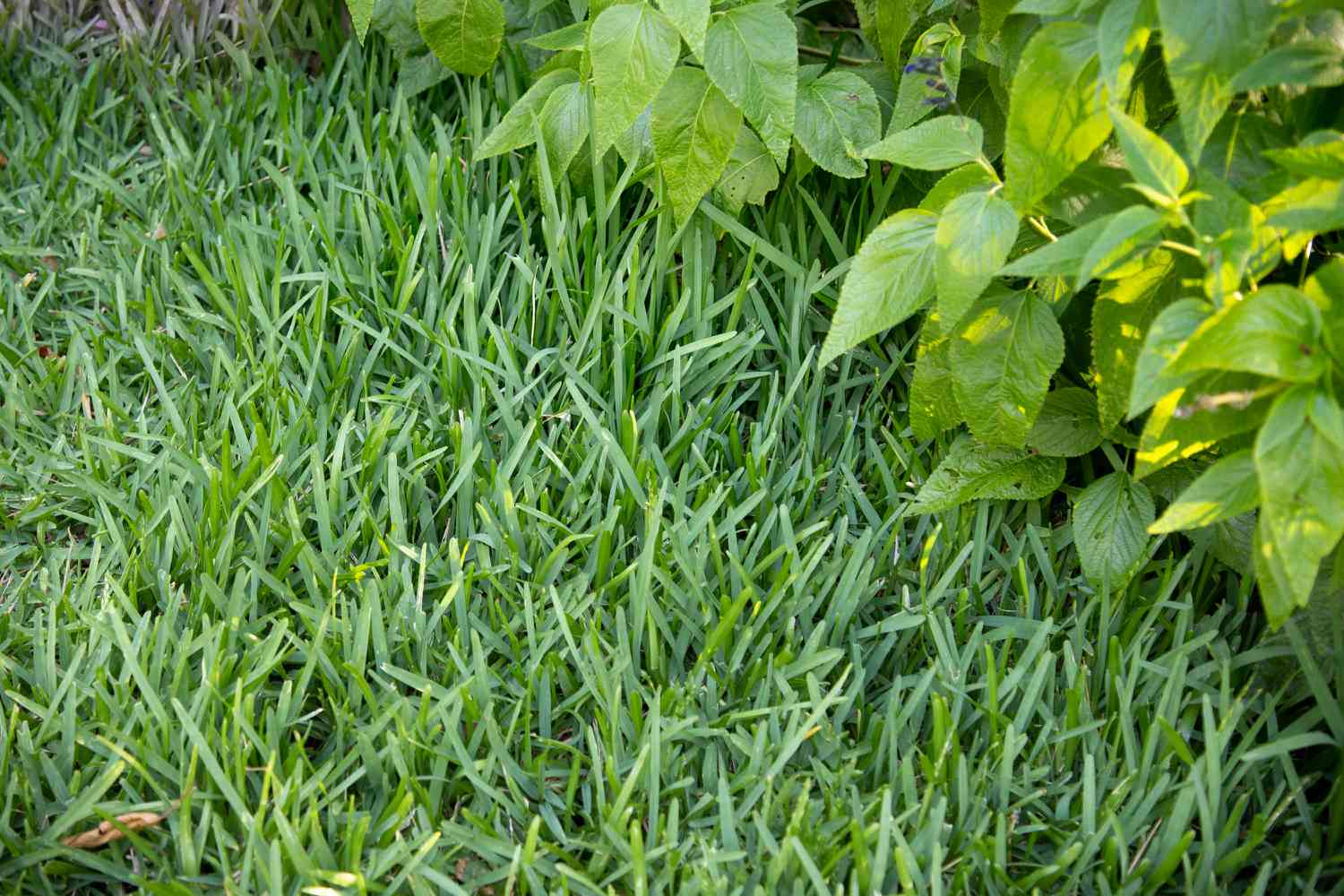
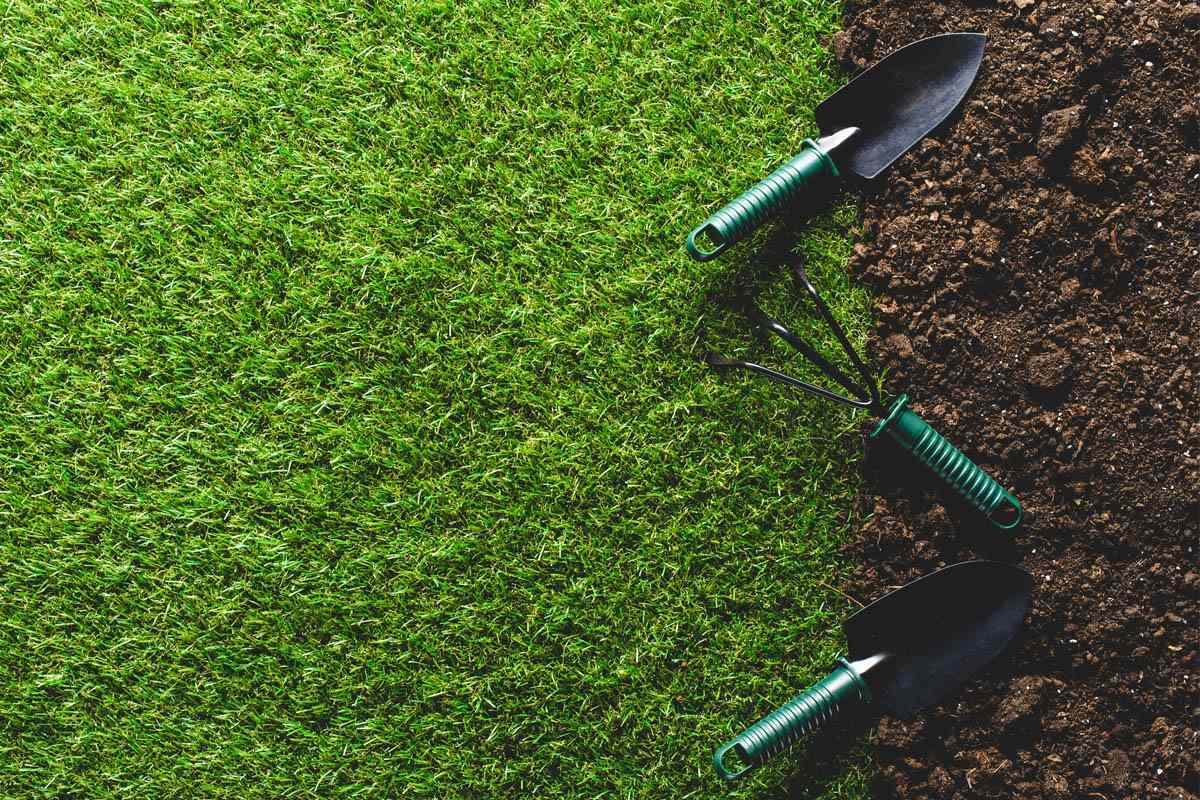
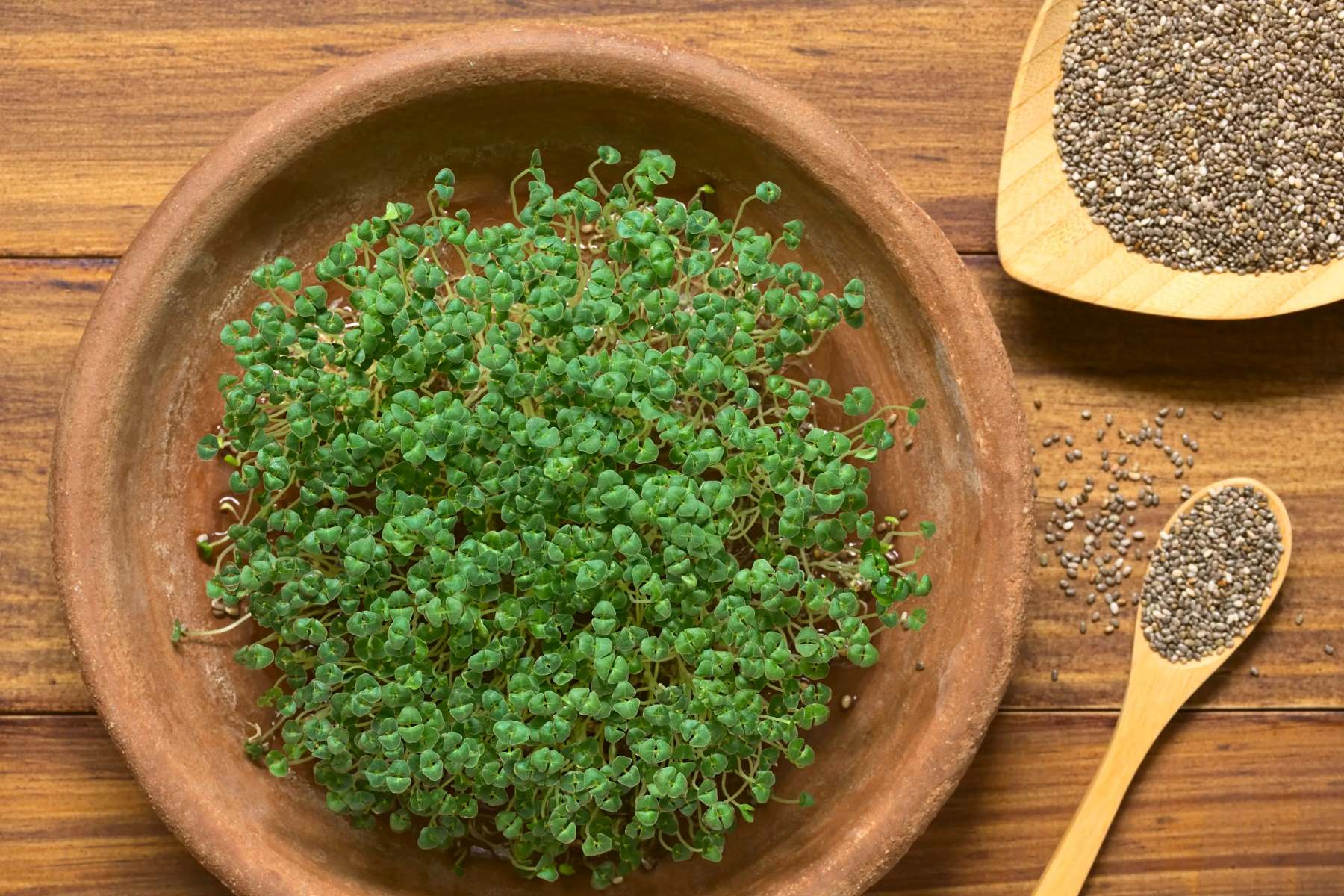
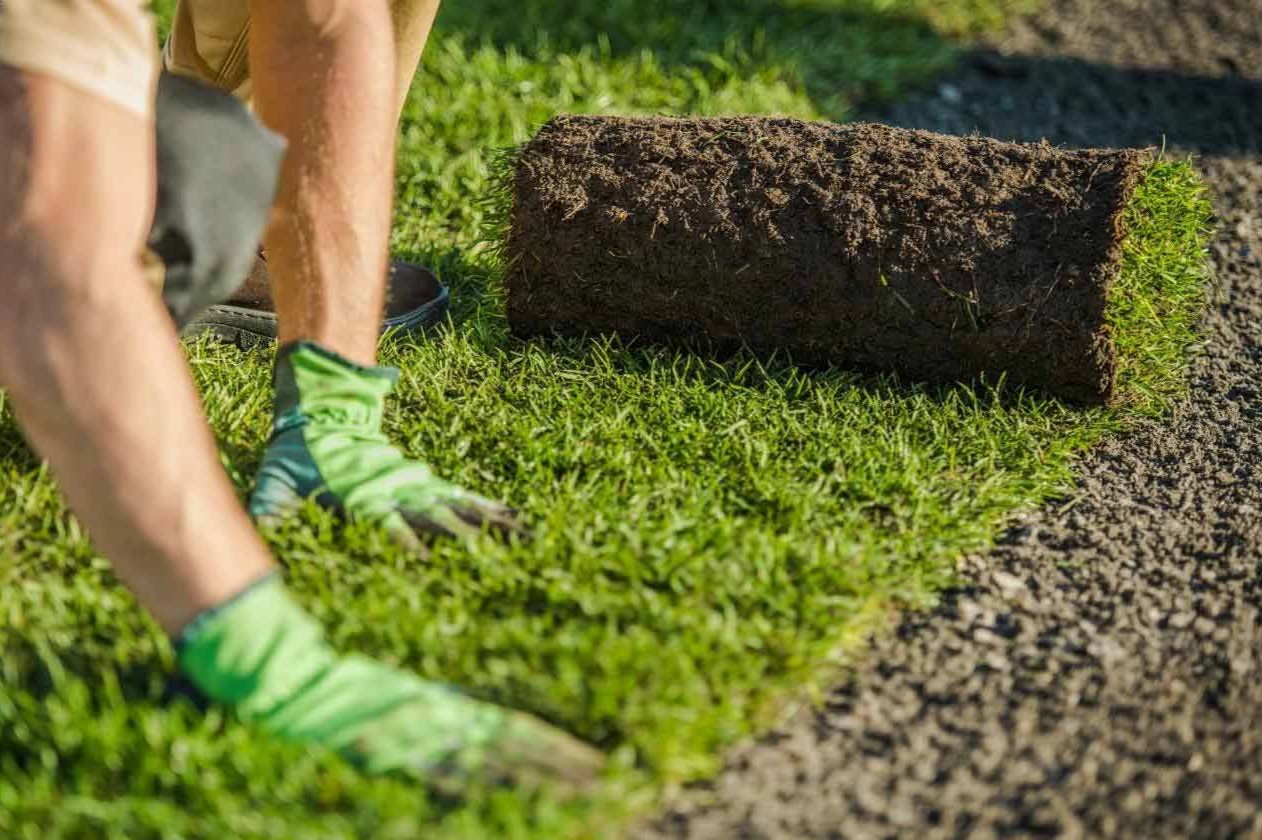
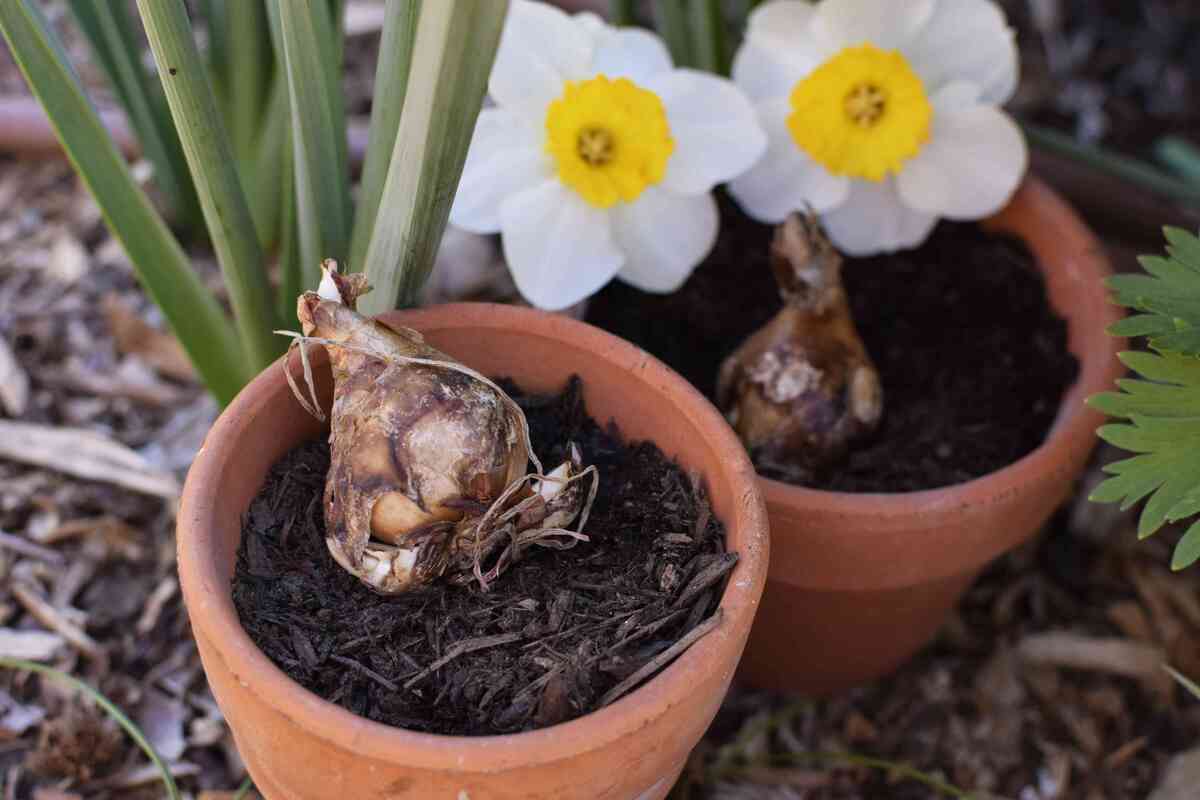
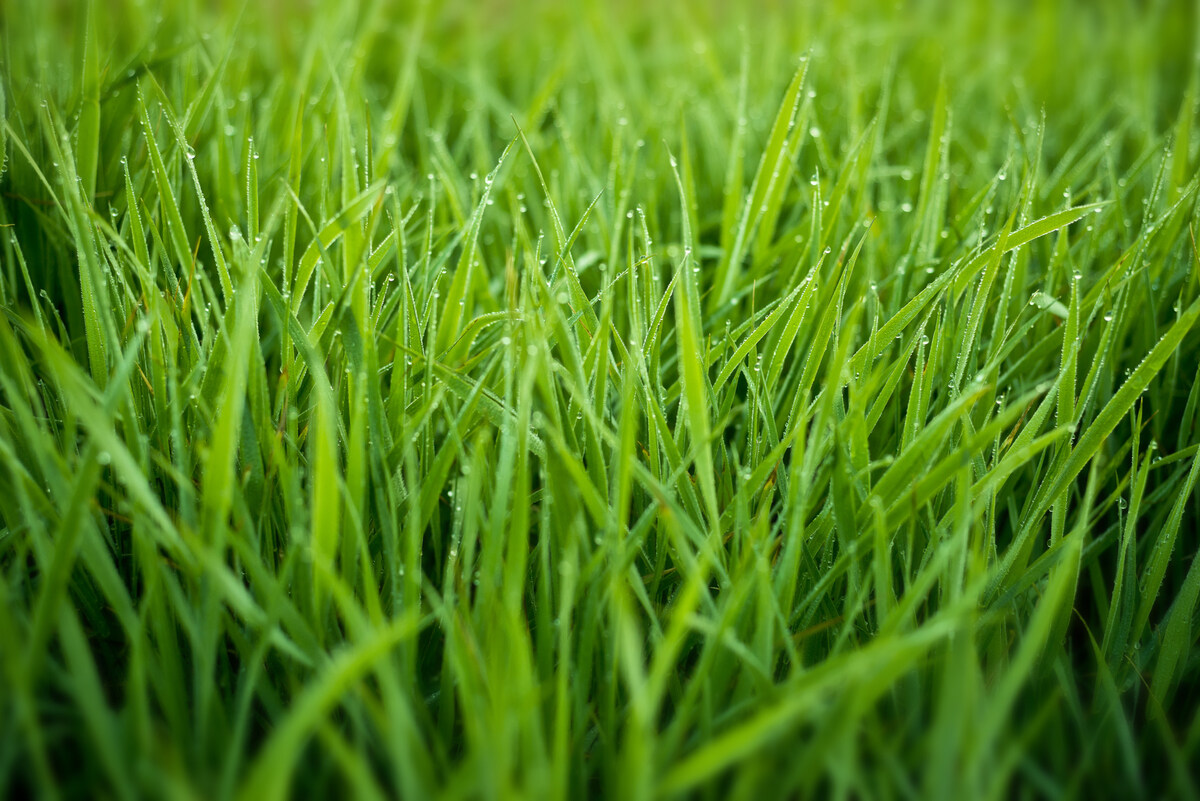


0 thoughts on “How Long Does It Take For Thyme To Grow”